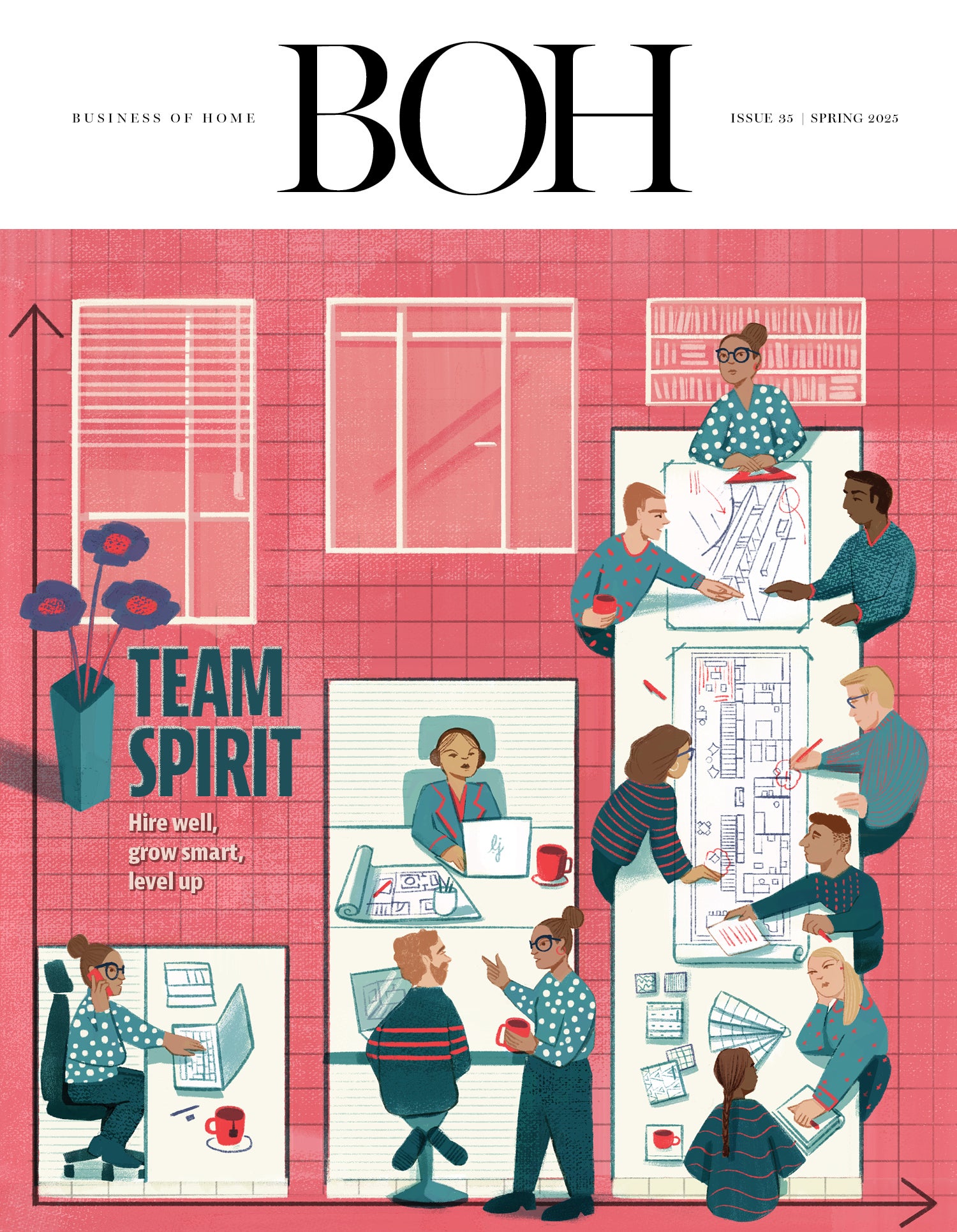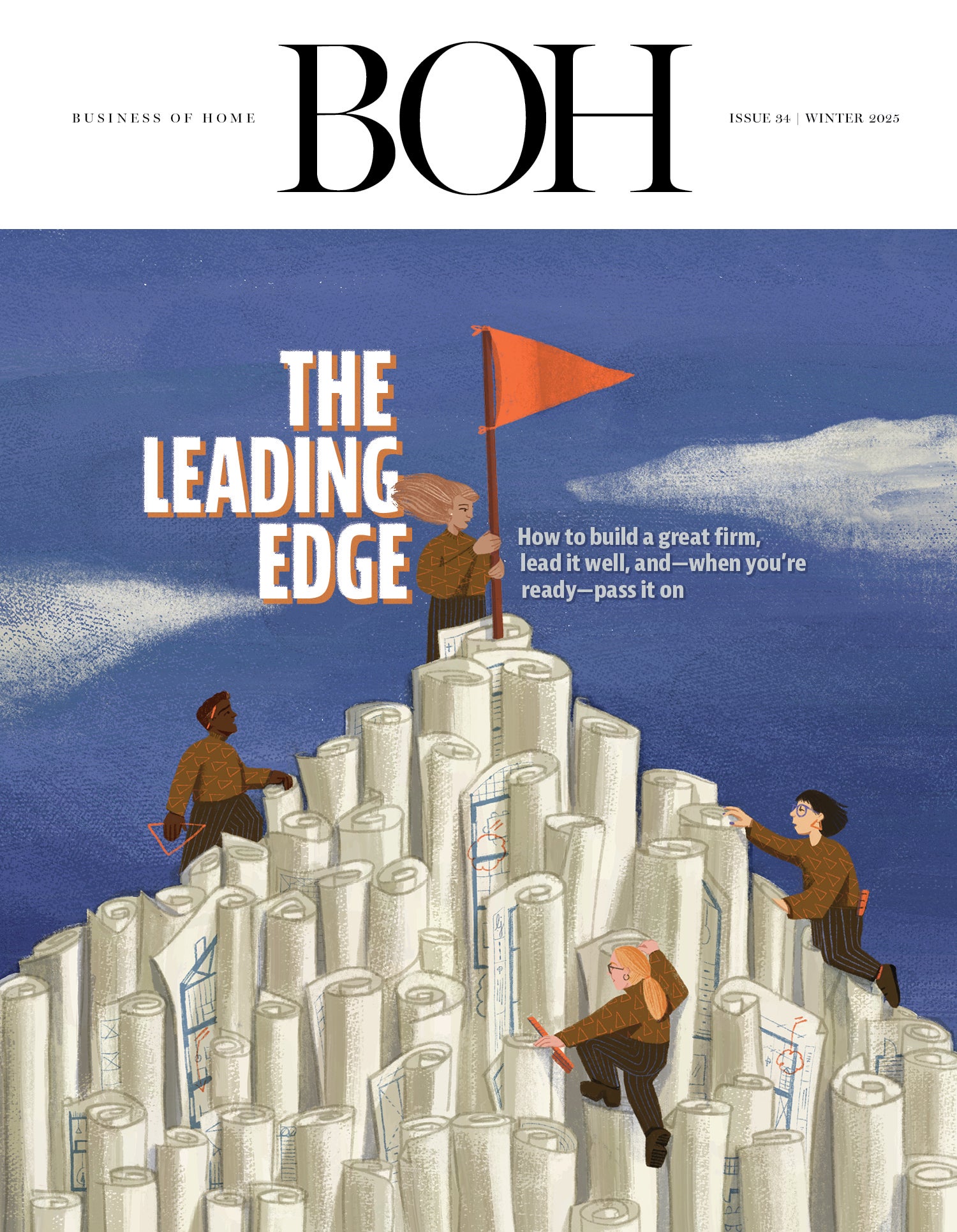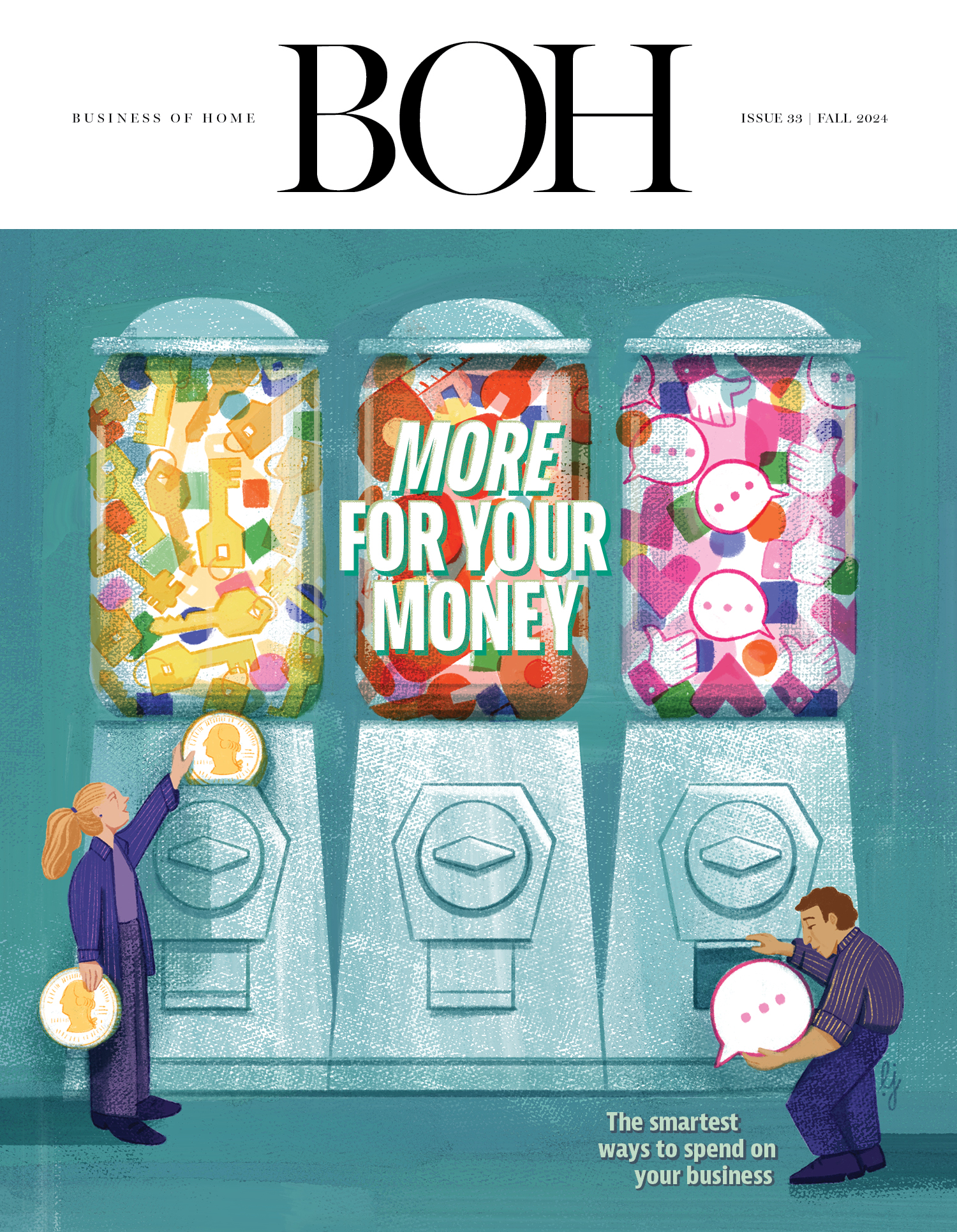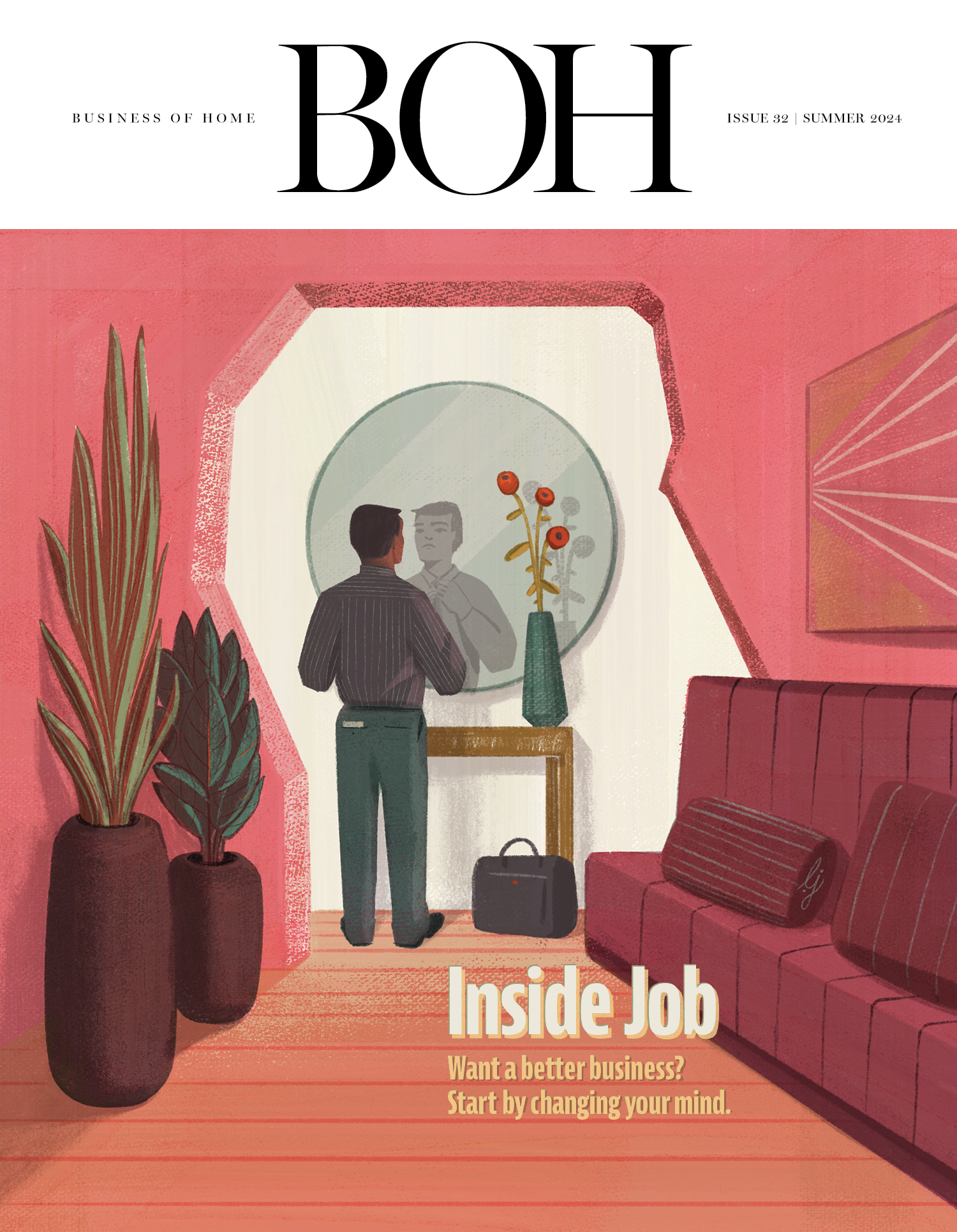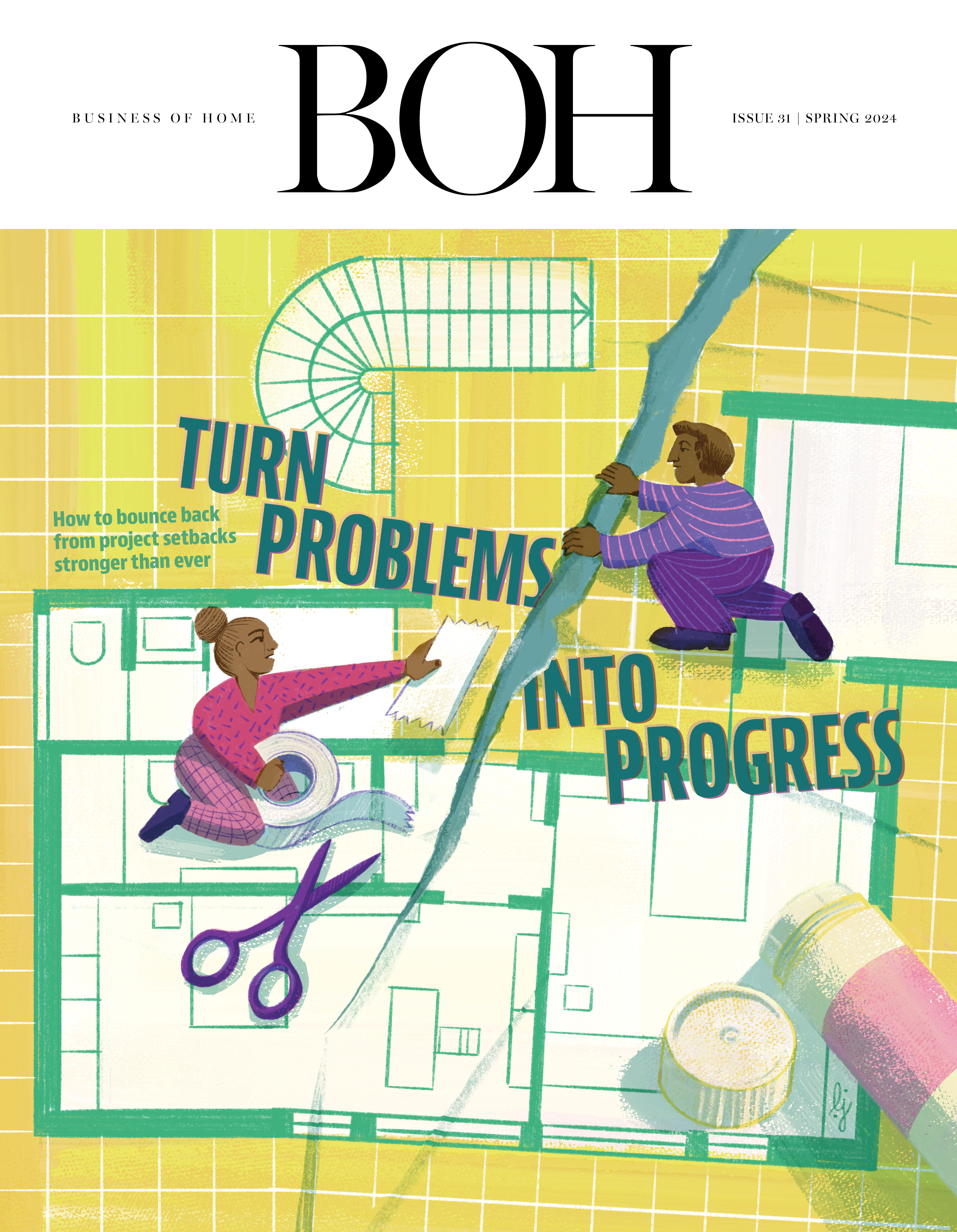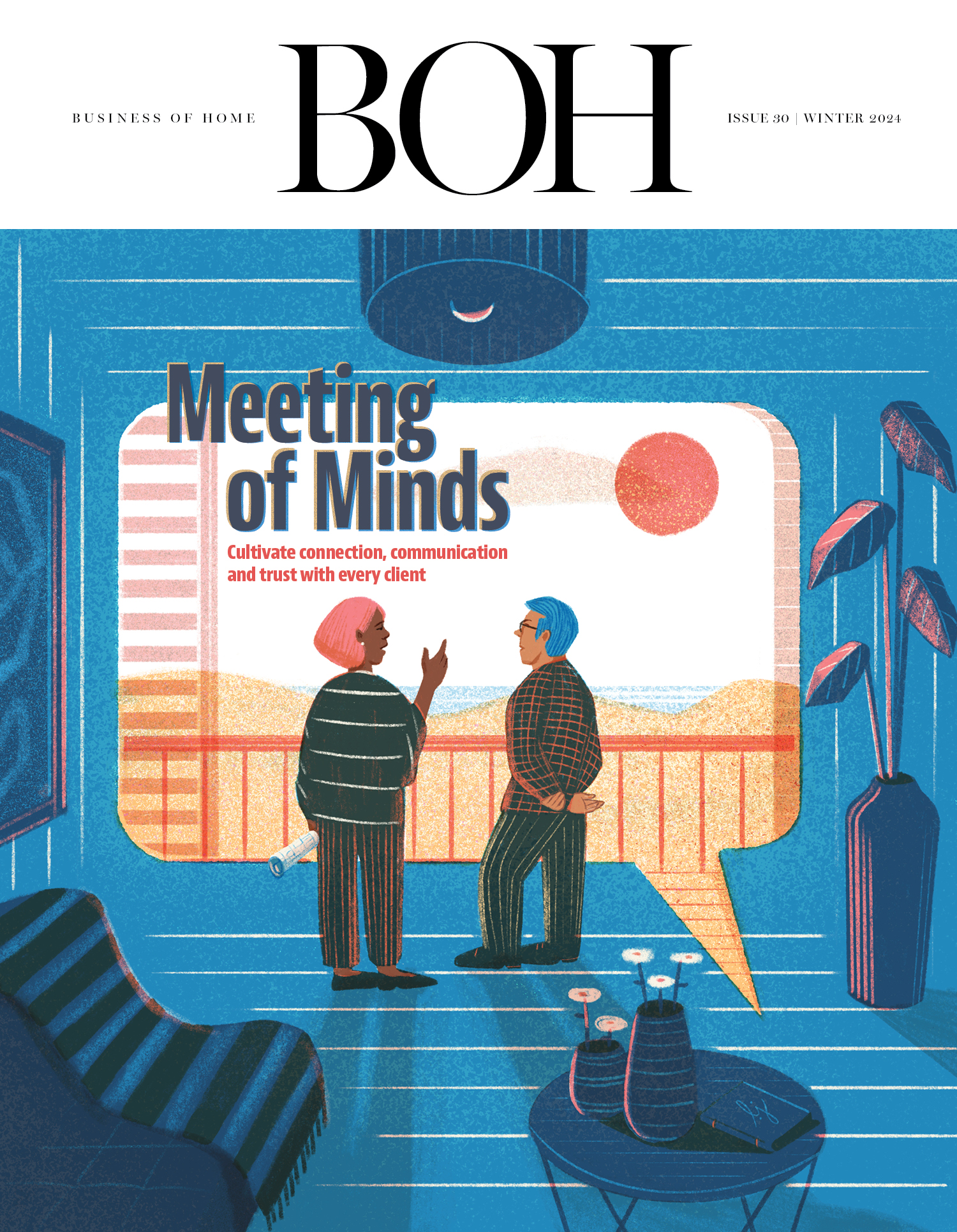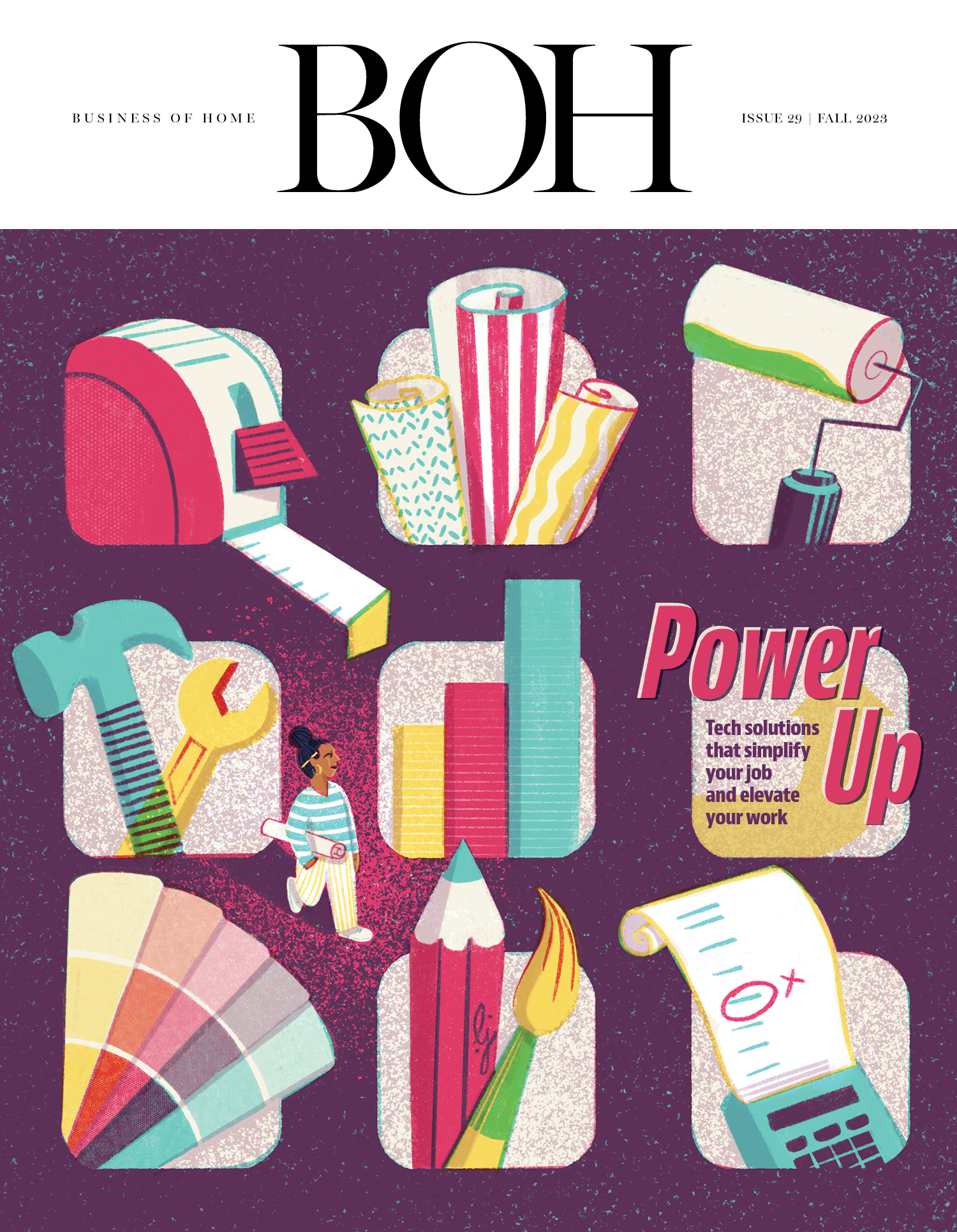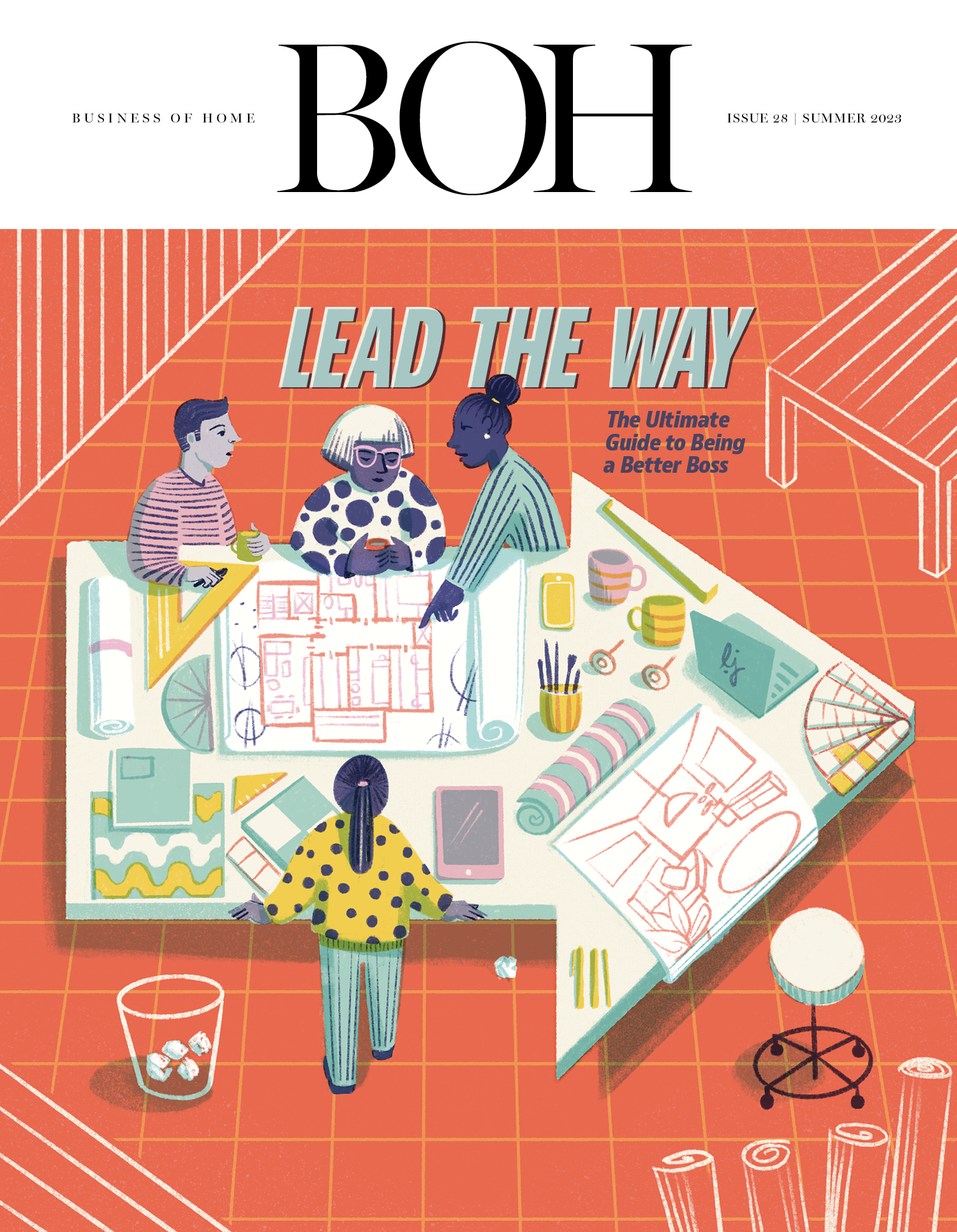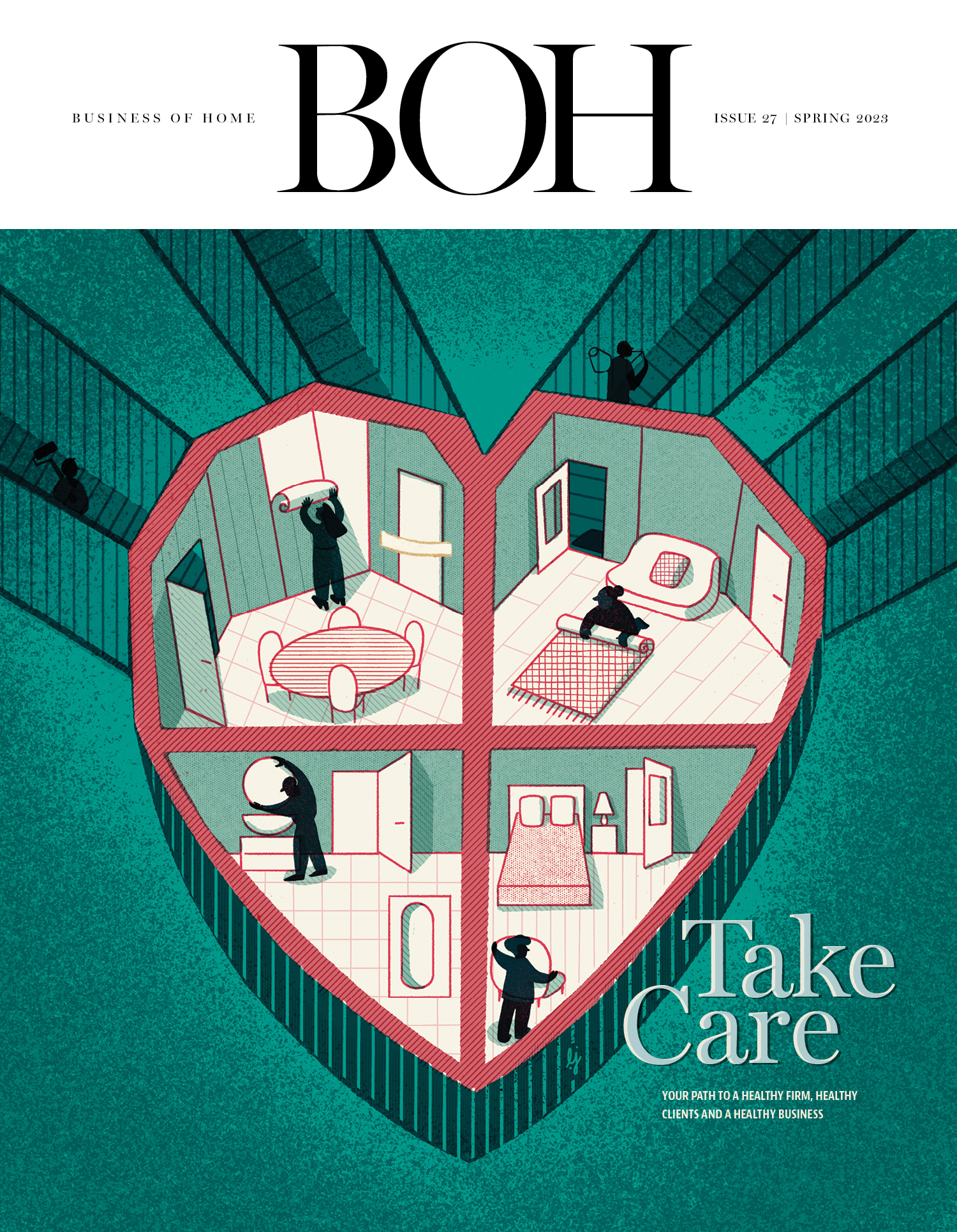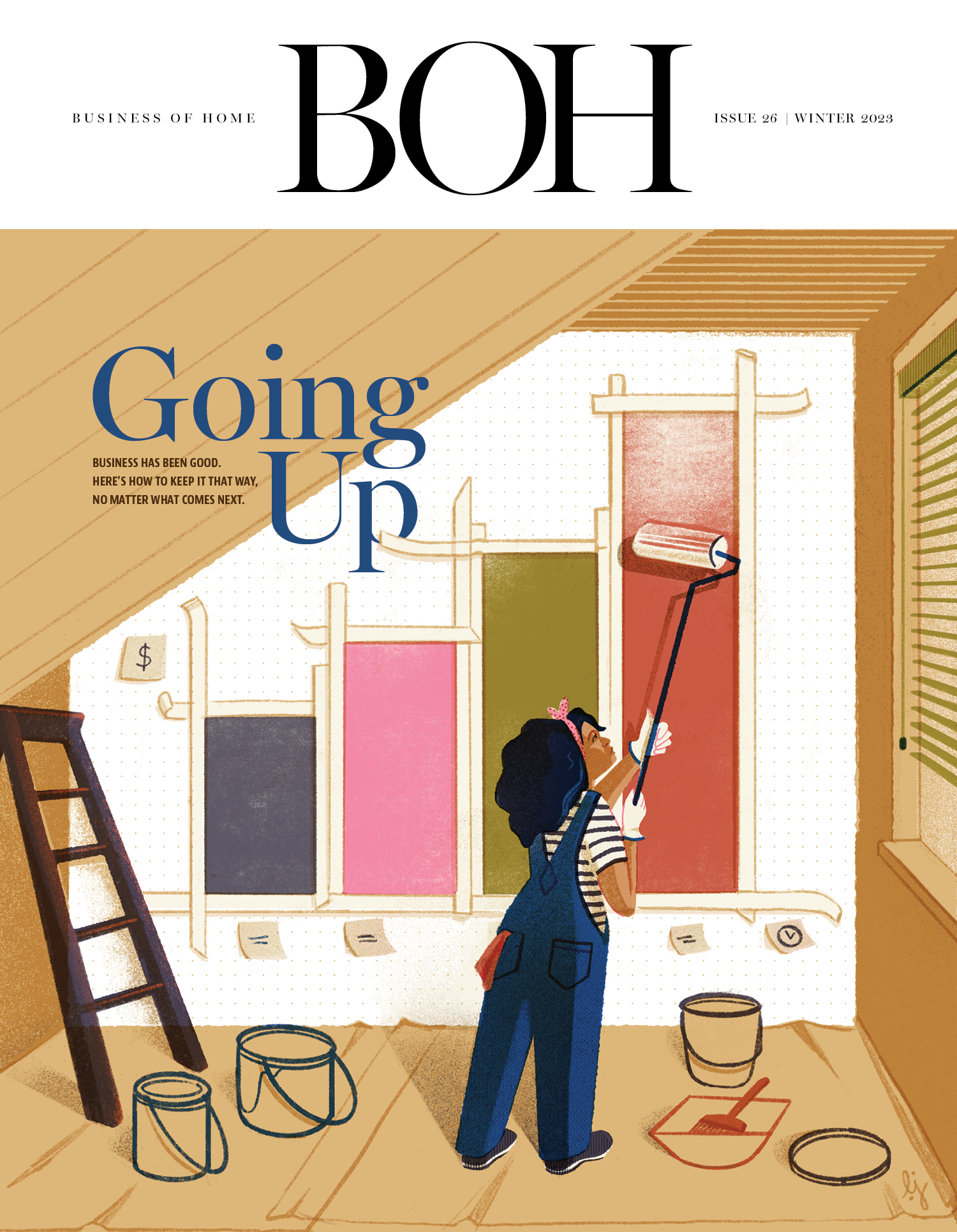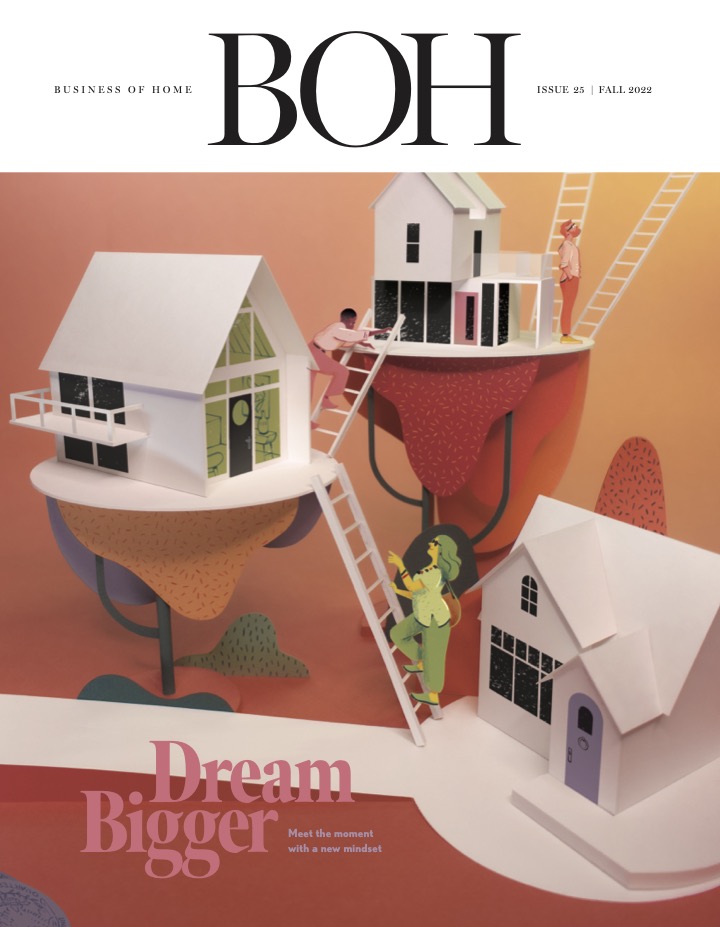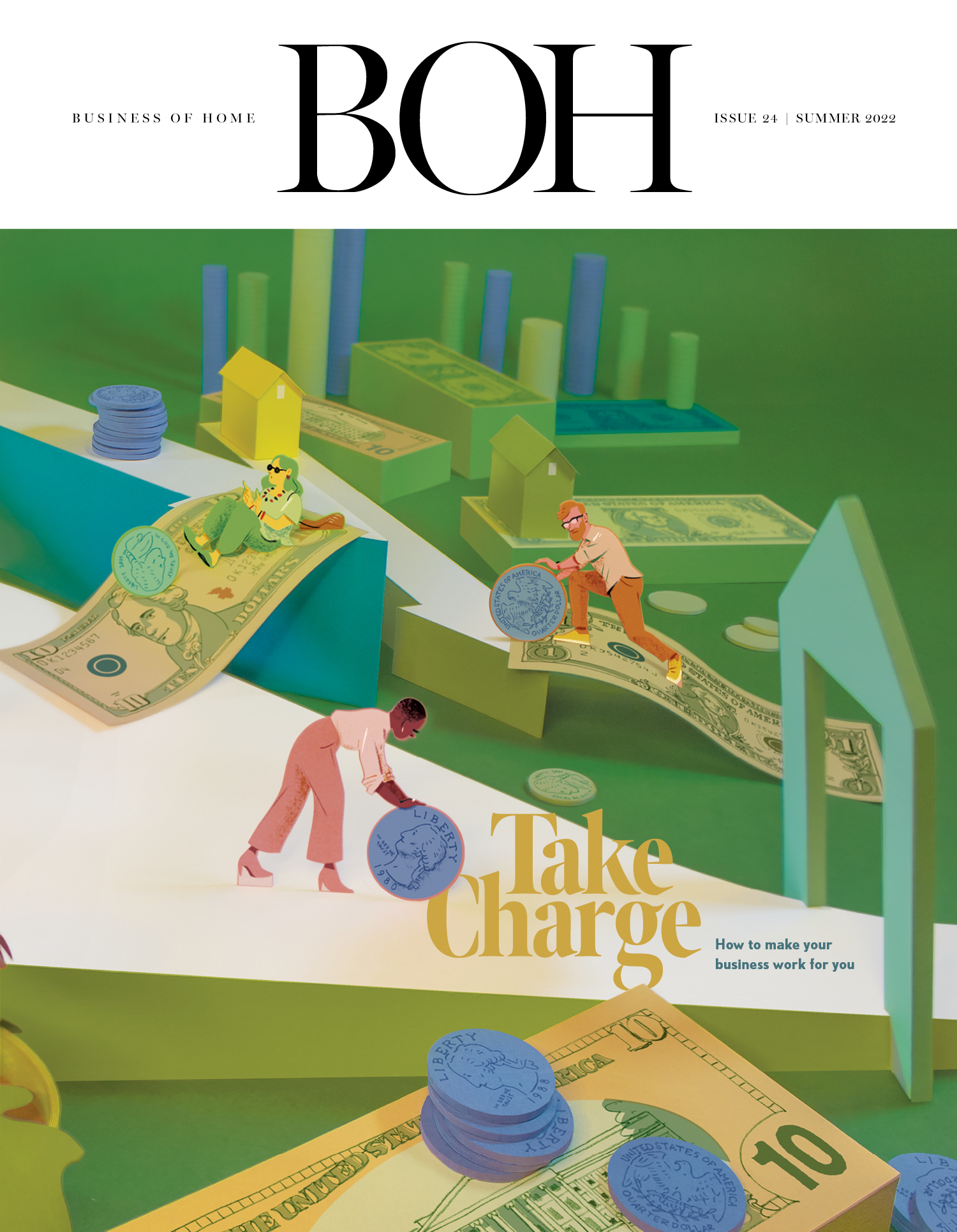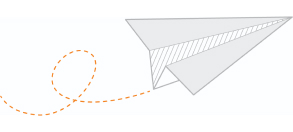From algorithm changes to government bans (and prompt reversals), keeping up with what’s happening on social media platforms can be a dizzying task. Last week, fresh off the heels of the TikTok shutdown that wasn’t, Instagram threw users a curveball, rolling out an update that would take its profile grid feature from the square thumbnails of the past decade to a vertical-orientated presentation (4:5 ratio).
The change isn’t shocking, as the app has been increasingly trying to keep up with TikTok, favoring video content over still images and directing users to Reels whether they like it or not. With the uncertainty of rival platform TikTok’s future in the U.S., it makes sense that Meta (Instagram’s parent company) would do all that it could to position itself to step into whatever vacuum might appear and offer refuge to creators who favor its vertically orientated competitor. As with previous updates, the portrait-style grid is rolling out slowly, appearing on some accounts but not others.
The change was met with a negative response from many of the app’s users, particularly from content creators who have carefully curated their grids—work that was suddenly undone when the update automatically cropped their posts to fit the new format. Head of Instagram Adam Mosseri even acknowledged the misstep in a post, saying: “I got a lot of feedback, both positive and quite negative. One of the mistakes I made was not giving people enough of a heads up.” Mosseri went on to outline further changes coming to the app, like the ability to customize the order in which your content appears instead of everything being chronological, and a change in how a profile’s Story Highlights are presented.
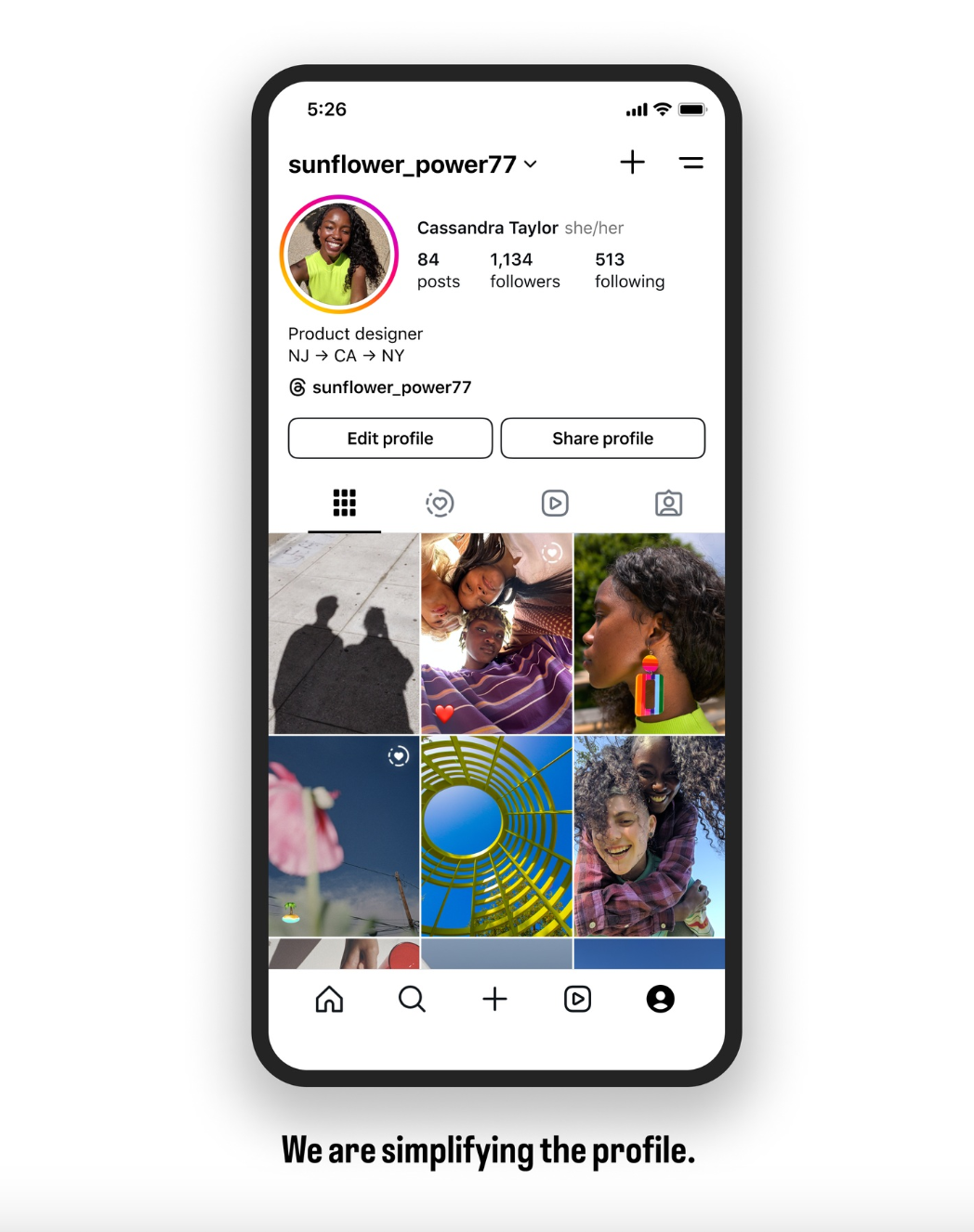
The updates have raised some questions about how vertically oriented posts might shape the way interior designers present their work. Among interior photographers, the response is mixed: Some view the change as a positive one, and others acknowledge challenges for designers who want to showcase an editorially minded wide shot. Francesco Lagnese, a photographer based in New York and Munich, falls into the first camp. “I think it’s a much better format because unless we’re shooting something that we specifically think could be a double-page magazine spread, we’re mostly shooting vertically,” he says. “I don’t think there’s any detriment to it, as far as I can see.” New York–based photographer Kelly Marshall agrees, adding that portrait-oriented images can sometimes tell a story in a more intimate way than horizontal images. “There is a chance that you’re missing that big wow moment that you can get from a horizontal photo that captures a whole room, but vertical shots are already something we’re doing a lot of,” says Marshall.
Nick Mele, a photographer based in Palm Beach, feels differently. “It’s limiting,” he says. “Vertical shots are often reserved for details or smaller bedrooms. If you’re capturing a living room or a more spacious area, you’re not going for a vertical shot. That said, most designers aren’t interested in only getting content for Instagram. They’re going to defer to whatever captures the space best.”
On June 25, Mason Lane Art Advisory founder Katharine Earnhardt—who works on projects across North America and the United Kingdom—shares her expertise on sourcing and selling art. Click here to learn more and remember, workshops are free for BOH Insiders
We want to hear your thoughts! Take BOH’s annual reader survey, an 8-minute questionnaire that helps us get to know you better and will allow us to tailor our storytelling to your business needs.
New York–based photographer Brittany Ambridge expects that the update will put an added focus on getting a variety of vertical shots, but emphasizes that horizontal shots are still crucial for designers hoping to publish in magazines. “Keep in mind that you want photos of a design project to have as many uses as they can—editorial, social media, portfolio,” says Ambridge. “I do think we’ll start to see people posting fewer horizontal images on Instagram, because they’re not going to crop as well as they used to. But in terms of what’s actually getting shot, you’re still going to need both orientations, though maybe we’ll get a few extra vertical options when we can so there are more options in that space.”
Though the app’s formatting change rattled some users, Mele points out that because smartphones are rectangular, most photos taken casually are already vertical, meaning that the update actually may have simplified the process of uploading pictures. “For the majority of people, this isn’t going to be that concerning,” he says. Westerly, Rhode Island–based photographer Read McKendree points out that Instagram’s original square format was “a pretty weird shape” and often presented questions about the best way to crop.
Photographers seem to agree that the latest change highlights the value of staying nimble and capturing a range of photo orientations instead of prioritizing a single format and platform. “Instagram has definitely changed how people are shooting interior projects, but the important thing is for designers to keep in mind that you want these photos to last,” says Ambridge. “You wouldn’t want someone to look at your photos and say, ‘Oh, I can tell this was taken in 2012.’ That’s why it’s important to get verticals and horizontals no matter what, because you want to have variability and you want longevity.”



